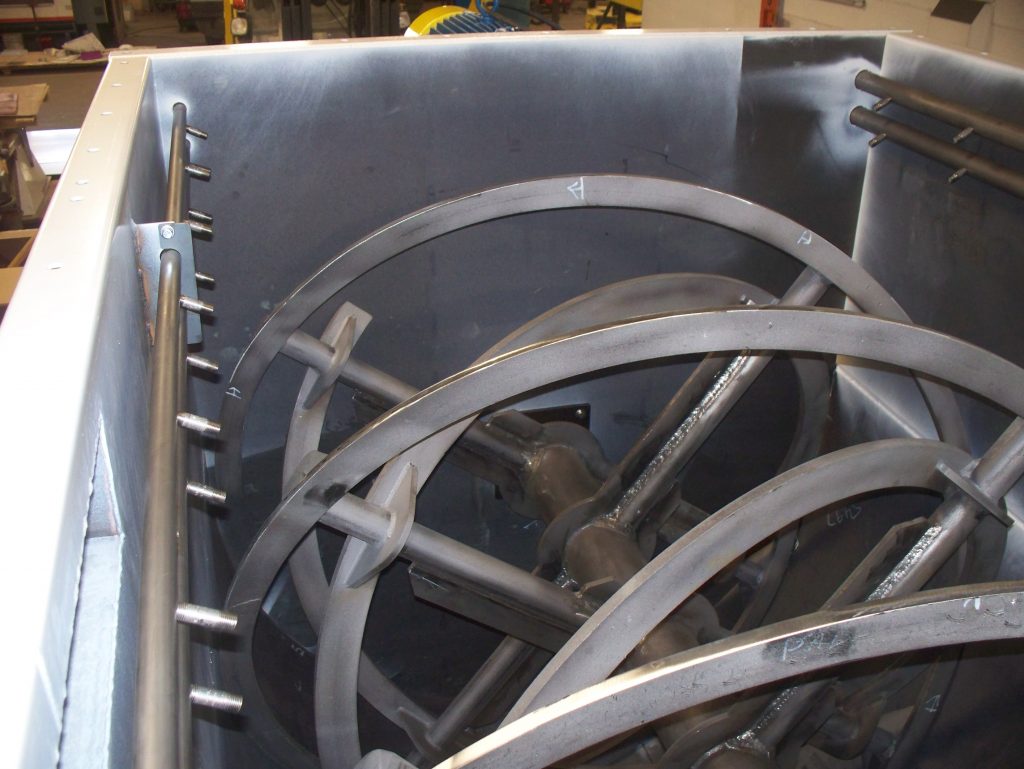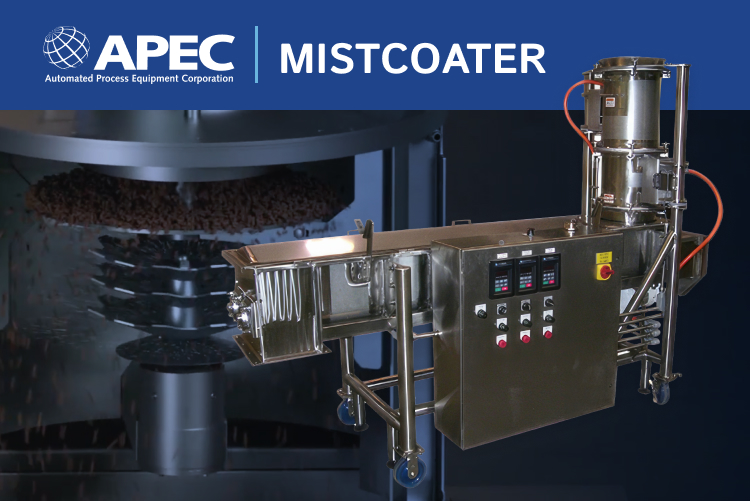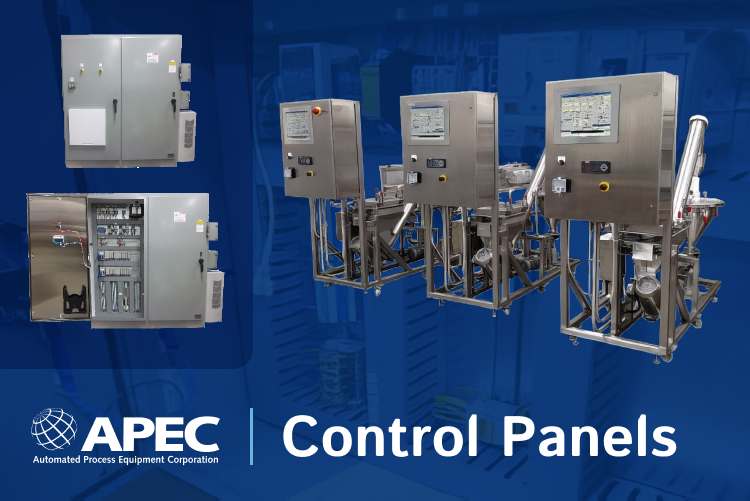
Ingredient mixing can be a delicate process. On one hand, adequate mixing is essential to ensure that all the final product is homogeneous, which can affect color, texture, function and, overall, product quality. However, overmixing is also a problem. Overmixing can start to undo the work that the mixer did in the first place, and ruin the product. So, how can you avoid overmixing in commercial ingredient processing?
How to Avoid Overmixing in Commercial Ingredient Processing
Overmixing can affect everything from at-home cookie batter to mass-scale food processing operations to pharmaceutical mixtures to industrial chemical production, and much more. Almost any ingredient can be overworked. For the purpose of this blog, we’ll be looking at how to avoid overmixing using commercial ingredient processing machines like ribbon mixers, planetary mixers, and paddle mixers.
Get tips for a perfect mix
Download: 8 Key Equipment Decisions to Perfect Your Dry Mix
How Does Overmixing Work?
First of all, how does overmixing happen? Why does it happen?
Overmixing is a broad term that includes a range of effects that can occur when a mixture is overworked, and it affects the quality of the product in some way. This might mean it changes the color, texture, function, flavor, or another property of the product.
There are a few different ways that overmixing can damage the product.
- Demixing: When ingredients mix for too long, they can actually begin to separate. This is usually due to differing bulk densities, where denser materials will sink to the bottom and lighter materials will rise to the top.
- Adhesion: Overmixing can also cause adhesion, especially when moisture is already present, even in a small amount.
- Friction: With too much mixing, there can be too much friction, which will break down materials, create fine dust, and can damage the overall texture of the product.
So, how can you prevent overmixing? Just as there are a few different ways that overmixing can damage your product, there are also a few different ways to avoid overmixing in commercial ingredient processing.
Testing Ingredients
Testing is your first line of defense against overmixing. First, it’s helpful to test your ingredients, so you understand their properties and can better predict how they’ll behave in the mixer. One of the most important properties to understand about your ingredients’ is bulk density, including each ingredients’ individual bulk density, as well as all the ingredients’ blended bulk density, together.
Ingredients with more similar particle sizes and bulk densities will blend together much faster than those with very different particle sizes and bulk densities. This means, if your ingredients are taking a long time to mix properly, and it’s possible to work with ingredients with more similar bulk densities and particles sizes, this can help optimize your mixing time. Also, if your ingredients are similar on these metrics, it’s important to be particularly cautious about overmixing.
With your ingredients’ bulk density, you and your engineering partners will also be able to more accurately size your mixer. With a right-sized mixer, your ingredients will be less susceptible to overmixing.
Testing Equipment
Testing your mixing equipment thoroughly will also help to avoid overmixing in commercial ingredient processing. This means moving the ingredients through the mixer and checking the mixture at varying intervals to see how well (or not) it’s mixed.
At this stage, it’s important to take samples from different parts of the mixer. Remember, some portions might mix perfectly, but others might have over- or undermixed. Also, sampling different areas of the mixer will help to detect if there are any dead spots in the mix.
There are several different types of tests you might perform, depending on your product and ingredients.
- Visual inspection: A visual inspection is a simple, but reliable way to see how well your ingredients have mixed together. You’ll want to extract samples and inspect the product for proper texture, color, function and other variables.
- X-ray diffraction: This process uses x-ray technology to examine the material composition of the mixture.
- Scanning electron microscopy (SEM): SEM is similar to x-ray diffraction, except it examines the material composition of the mixture using electron beams.
Proper Design
While product and equipment testing are essential to avoid overmixing in commercial ingredient processing, proper equipment design is also critical. While there are several ways to optimize your mixer, there are a few helpful tips to keep in mind that can help you get the perfect mix.
- Fill to swept volume: If your mixer is underfilled, the ingredients will just slosh around in the bottom of the mixer. The mixer should at least be filled to the top of the agitator, or the swept volume.
- Watch the time: If your mixer is working for longer than 15 minutes, there’s another issue. Most mixers accomplish a complete mix in 15 or less.
- A bigger motor isn’t better: With a larger motor, your mixer might work faster, but it won’t necessarily mix faster. It might simply damage your ingredients due to excessive friction.
- Careful design: The ribbon width, spacing between the ribbons, distance between the spokes supporting the ribbons, as well as the overall size of the agitator can make your mixer more or less effective.
When your mixer works fast and effectively, you’ll not only produce more finished product with a better overall quality, but you’ll also save time and energy costs. Work with the experts in commercial ingredient processing and you can be confident that your ingredients will be mixed perfectly. Contact us today to get started designing your mixer.







